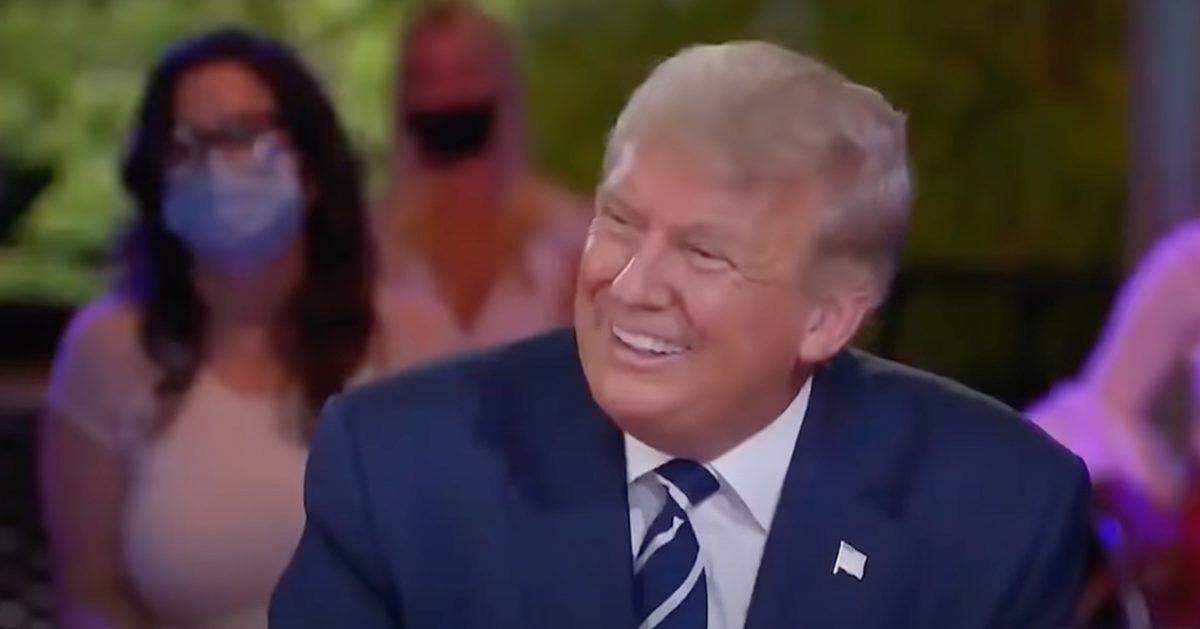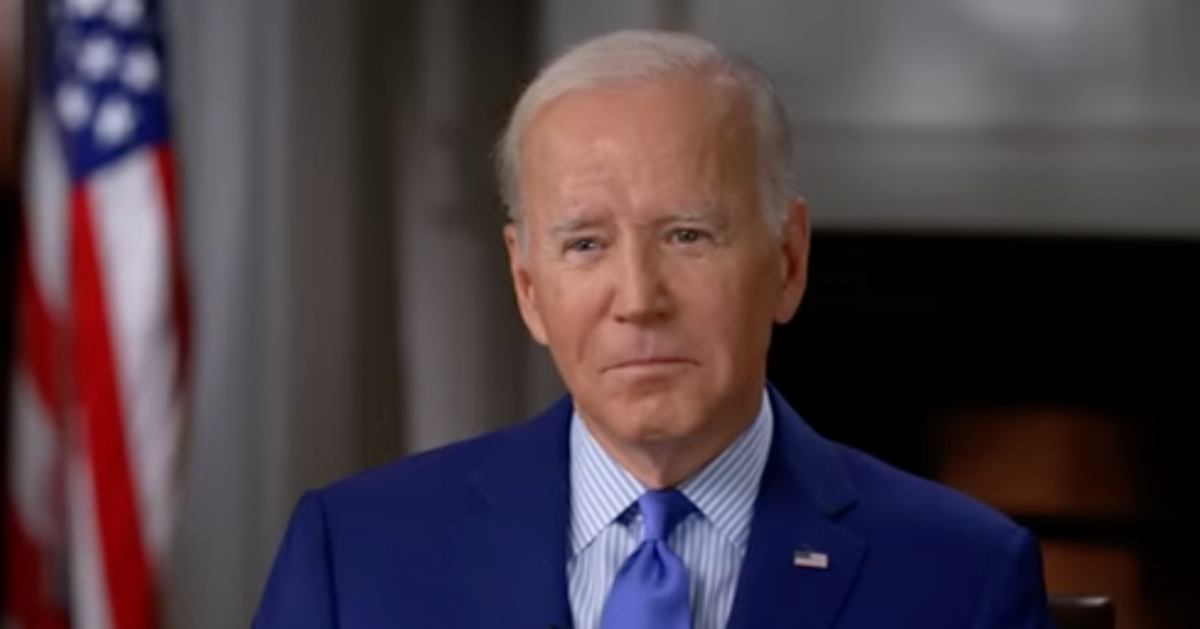Defense secretary's Pentagon shakeup brings about key leadership changes
Secretary of Defense Pete Hegseth has set a new direction for military leadership by removing two senior military commanders.
Hegseth's decisions reflect President Donald Trump's drive to align military roles with an emphasis on operational strength and combat readiness, as Breitbart reports.
The secretary announced the dismissal of Navy Adm. Lisa Franchetti, Chief of Naval Operations, and Air Force Gen. James Slife, Vice Chief of Staff.
This decision comes as part of a larger strategy to evaluate and replace generals deemed misaligned with the administration’s objectives for the military. The focus is on realms of military determinism and conflict preparedness.
Transition of Key Military Leaders Commences
Hegseth has also expressed the intent to seek out new leaders for key legal positions within the military branches, seeking fresh nominations for Judge Advocates General for the Army, Navy, and Air Force.
His actions accentuate a significant reshuffle within the hierarchical structure of U.S. military leadership.
Concurrently, President Trump dismissed Air Force Gen. Charles “CQ” Brown, the most senior military officer, appointed by former President Joe Biden, signaling a broader shift in military top tiers under the current leadership. Trump's selection for Gen. Brown's successor is Air Force Lt. Gen. (Ret.) Dan “Razin” Caine.
Changes Reflect Administrative Goals
The role of chairman of the Joint Chiefs of Staff traditionally spans a four-year term. However, the president has the prerogative to make replacements at any period, which Trump exercised with Gen. Brown’s removal.
This transition underscores the administration's prerogative to instill leadership that embodies its strategic aim.
Gen. Brown had been acknowledged for his focus on matters of racial equity and promoting diversity within the Air Force. Under his command, initiatives promoting varied recruitment strategies found a place within the Air Force docket.
New Leadership Embodies Warfighting Ethos
In a somewhat controversial episode during Brown's tenure, former Lt. Col. Matthew Lohmeier faced discharge after authoring a book critical of Marxist influences purportedly present within military frameworks. This incident was indicative of the tightropes navigated under Brown's guidance.
Hegseth publicly extended gratitude toward the departing leaders, acknowledging Adm. Franchetti and Gen. Slife for their steadfast service.
He reinstated the administration's intentions with the new leadership, heralding a refocus on primary military obligations of deterrence, combat, and victory.
President Trump reflected affectionately on Gen. Brown’s extensive career, conveying goodwill for his future after departing from his chairman role. Together, the President and Secretary Hegseth appear poised to implement leadership that reinforces a combative spirit within ranks.
Hegseth Supports New Chairman’s Vision
With the entry of Gen. Caine, both Hegseth and President Trump spotlight the credentials and attributes fitting for navigating the United States military into its envisioned future. Their anticipations for Gen. Caine revolve around responsibilities requiring profound dedication and leadership.
Hegseth specifically commended Gen. Caine's embodiment of a community centered around combat rationale. He conveyed optimism for collaboration, intending to address present and imminent challenges facing military strategy and deployment.
Federal leadership under Trump’s administration showcases its independence in decision-making regarding military headship. Such strategic alterations seem indicative of an overarching inclination for match-fit leadership that propels the operational efficacy and mission-driven focus of America's armed disciples.
This revised panel of military command and advisory structure underlines an emphasis on adaptability, strength, and vision essential to U.S. defense pursuits.




